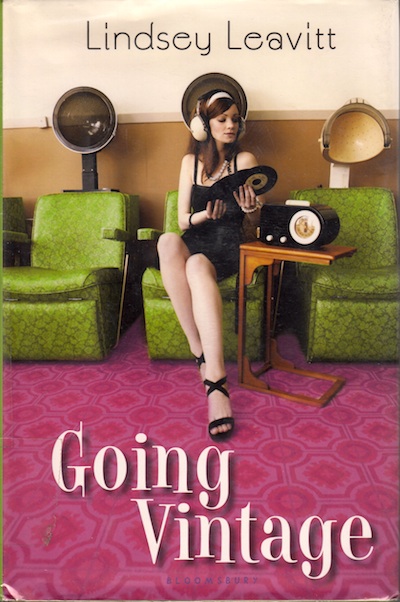It’s been about three months since I posted anything, and four months since I posted regularly. I like posting regularly, but life sometimes gets in the way.
Life got in the way. I got in my own way. Reading got hard, I got burnt out, blah blah blah. These are explanations, not excuses.
But I got inspired. At least, a little tickle of something a couple of weeks ago. And now I need something that isn’t work and isn’t coronavirus to focus on.
So here it is: a chapter-by-chapter listen of The Beastie Boys audio book. Why? Partially because of the trailer for the upcoming Beastie Boys Story:
But I was never a huge fan of their music. I’m still not. But they are fantastic storytellers, and I love a good story.
This audio book, though. It’s SO GOOD. I listened to it last spring and I still regularly think about it. The 1980s and the 1990s were brought back to life.
So the intro credits: they’re read by Reverend Run from Run DMC. Run DMC is still the band who introduced Aerosmith to me. Their version of Walk This Way is the better one, IMHO.
Join me over the next few weeks, as I talk about and share of the various cultural touchpoints, music, and memories that this book brought to the forefront of my brain.

